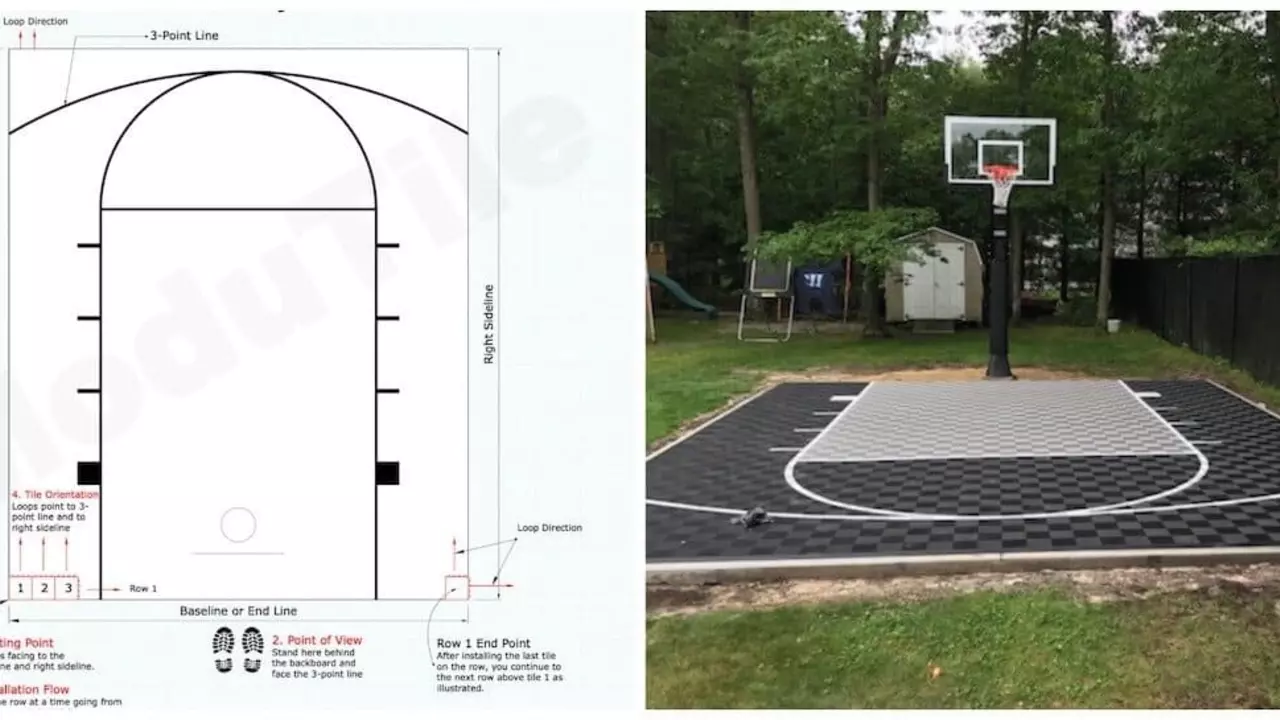Sports Dimensions – What Makes the Game Tick?
Ever wonder why people argue about basketball and football nonstop? Or why ticket prices jump from a few pounds to hundreds? This page pulls together the hottest topics from our "sports dimensions" tag so you can get the facts fast.
Why Sports Dimensions Matter
Every sport has its own set of rules, culture, and money flow. Understanding those pieces helps you enjoy the game better and make smarter choices as a fan or player. For example, knowing why the NBA has a defensive 3‑second rule while FIBA doesn’t explains the different pacing you see on the court. It also shows how coaches in the UK might adapt their strategies when they switch between leagues.
Ticket pricing is another big dimension. College games can cost a few pounds for a seat in the stands, but a big rivalry can hit a hundred or more. The price depends on team popularity, opponent quality, venue size, and even the day of the week. If you know these factors, you can pick the best games to watch without breaking the bank.
Top Debates on Our Tag
One fan favorite is the basketball‑vs‑football showdown. Basketball offers non‑stop action, slam dunks, and quick scoring bursts. Football gives you strategic build‑up, dramatic goals, and a larger playing field. Both demand skill, but they test different strengths – shooting accuracy versus footwork and positioning. The answer isn’t right or wrong; it’s about which vibe you enjoy.
Another hot topic is youth development. The AAU has drawn criticism for turning basketball into a win‑first competition, often ignoring fundamentals. Some coaches argue that smaller, skill‑focused programs produce better long‑term players. If you’re a parent, looking for a program that balances fun with fundamentals can keep kids from burning out.
We also cover hidden basketball legends. Players like Dražen Petrović may not be household names, but their impact on the game is huge. Learning about these under‑the‑radar stars helps you appreciate the sport’s history beyond the usual superstars.
International performance is a recurring theme, too. China’s basketball teams struggle despite a massive population. Factors include limited resources, a focus on teamwork over individual skill, and fewer grassroots programs. Recent government funding aims to close the gap, so keep an eye on future tournaments for signs of change.
Lastly, we look at surprising matchups like UMBC beating Virginia. The 16‑seed upset showed that high‑tempo offense, aggressive defense, and three‑point shooting can topple even the strongest teams. It’s a reminder that strategy and confidence can outweigh rankings.
Use this page as a launchpad. Click any post that catches your eye, and you’ll get deeper analysis, real‑world examples, and plain‑English explanations. Whether you’re budgeting for tickets, choosing a youth program, or just debating which sport reigns supreme, the "sports dimensions" tag has you covered.
How long is a basketball court?
In the realm of basketball, a crucial aspect is the size of the court itself. The standard length of a professional basketball court, such as those in the NBA, is 94 feet long. In contrast, high school courts are a bit smaller, typically measuring 84 feet in length. It's interesting how the size impacts the game dynamics, with more space for professional players to maneuver and strategize. So, whether you're a player or a fan, understanding the court's length can offer new insights into this beloved sport.
read more
